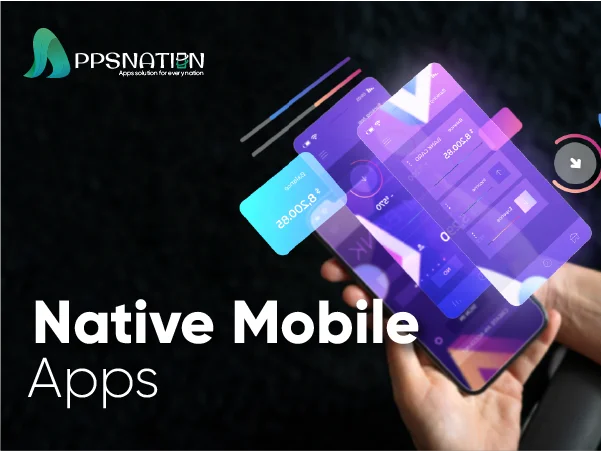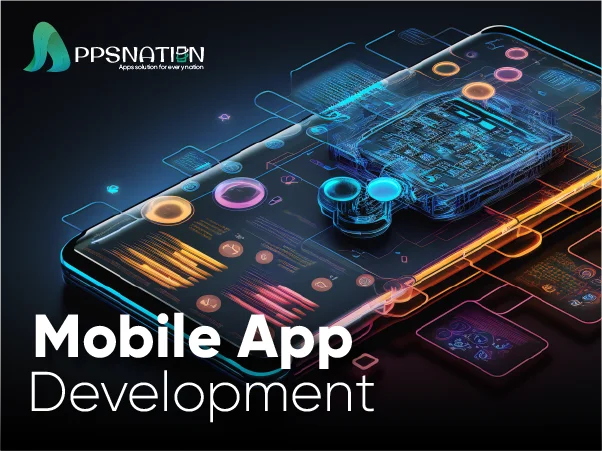In the current digital era, mobile applications have seamlessly integrated into our everyday lives. Whether it’s for social media, e-commerce, entertainment, or productivity, mobile apps play a significant role in enhancing our experiences. When it comes to mobile app development, one of the primary considerations is whether to build a native app or a cross-platform app. In this article, we will delve into the features of native mobile app development, highlighting its advantages and why it remains a popular choice for creating high-performance applications.
Table of Contents
| 1 | Introduction |
| 2 | What is Native Mobile App Development? |
| 3 | Features of Native Mobile App Development
|
| 4 | Tools and Technologies for Native App Development |
Introduction
Native mobile app development involves building applications specifically designed for a particular mobile platform, such as iOS or Android. Unlike cross-platform apps that work across multiple platforms, native apps are developed using platform-specific programming languages and tools. This approach allows developers to leverage the unique features and capabilities of each platform, resulting in optimised performance and user experience.
What is Native Mobile App Development?
Native mobile app development refers to the process of creating mobile applications using platform-specific technologies. For example, iOS apps are typically built using Swift or Objective-C, while Android apps are developed using Java or Kotlin. By utilising platform-specific languages and frameworks, developers can access a wide range of features and deliver a seamless user experience.
Features of Native Mobile App Development
Performance and Responsiveness
One of the key advantages of native mobile app development is its focus on performance and responsiveness. Native apps are optimised for a specific platform, allowing them to take full advantage of the device’s hardware and software capabilities. As a result, native apps tend to be faster, smoother, and more responsive compared to cross-platform alternatives.
Access to Device Features
Native apps have direct access to the device’s features and APIs, enabling them to utilise functionalities such as camera, GPS, accelerometer, contacts, and push notifications. This access allows developers to create rich and immersive experiences that seamlessly integrate with the device’s capabilities, enhancing the overall app functionality.
Seamless User Experience
Native apps provide a seamless and intuitive user experience that aligns with the platform’s design guidelines and user expectations. By following platform-specific design patterns and guidelines, native apps offer familiar interactions, smooth animations, and consistent visuals, resulting in a more enjoyable and engaging user experience.
Optimised for Specific Platforms
Native apps are built with a specific platform in mind, allowing developers to leverage platform-specific features and optimizations. This approach results in apps that are tailor-made for each platform, taking advantage of its strengths and providing an optimal experience. It also ensures that the app integrates seamlessly with the platform’s ecosystem, including app stores, frameworks, and user interface components.
Tools and Technologies for Native App Development
Native mobile app development relies on various tools and technologies specific to each platform. For iOS development, developers use Xcode as the integrated development environment (IDE) and languages like Swift or Objective-C. Android development, on the other hand, utilises Android Studio as the IDE and languages like Java or Kotlin. These development environments provide a comprehensive set of tools, libraries, and frameworks.





